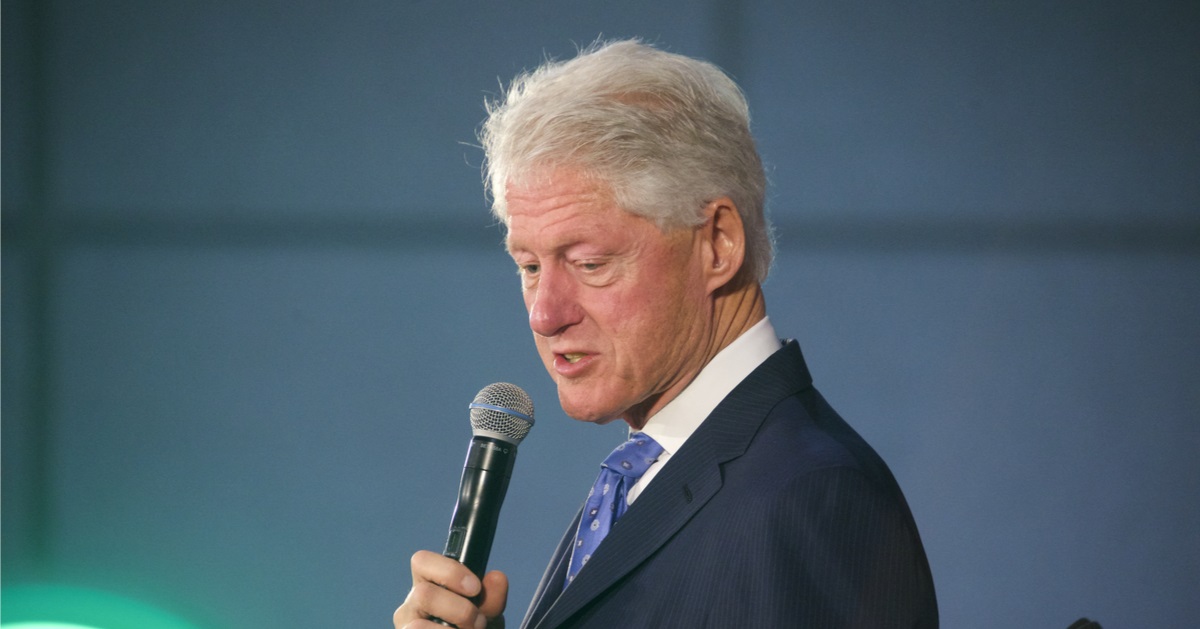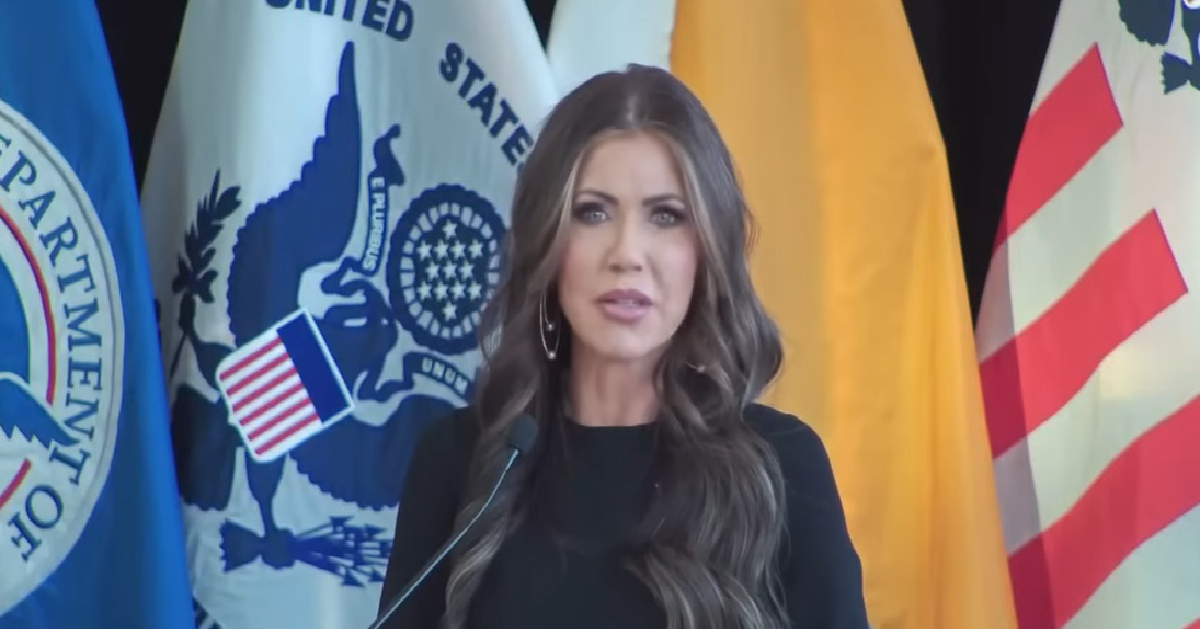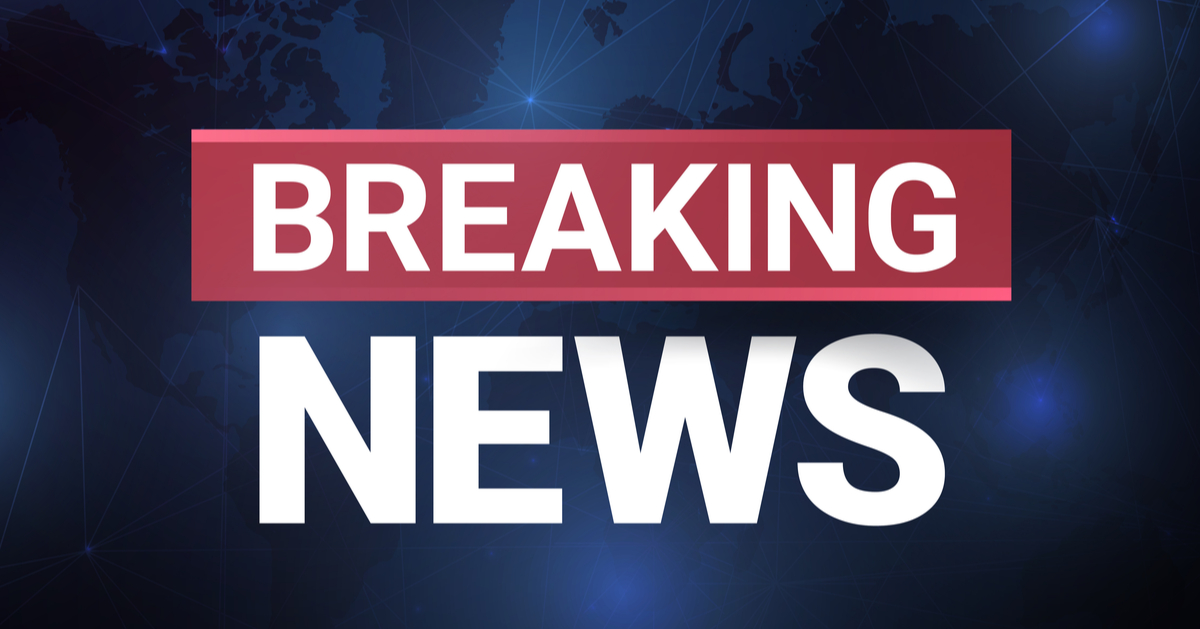DANIEL VAUGHAN: Hurricane Helene Proves How Far We've Come In Predicting Storms
For all the jokes regarding weather and meteorologists, it is remarkable how far we've come in forecasting hurricanes. It is comparable to how the Wright brothers had mankind's first successful flight in 1903, and by 1914, humans were engaged in air combat in the First World War; by 1969, Neil Armstrong set foot on the moon.
Hurricane tracking and meteorology have followed similar paths from the 20th century forward. For centuries, mankind relied on Farmer's Almanacs and seasons to predict weather. In the 1940s, the military developed Doppler radar, giving us our first view of storms. Rockets and the space race delivered satellite imagery. In 1958, meteorologists first observed a tornado using radar technology.
We started being able to see weather phenomena and even make predictions about where they'd go. But none of these predictions were very accurate. That's no longer true.
Hurricane Helene is a great example of this trend because the 2024 storm is not the first to bear the name. The first Hurricane Helene formed in 1958 and skirted the eastern seaboard. Forecasters had radar pictures of it and watched it develop in the Caribbean before moving north. Evacuations were ordered, but the storm ended up never making landfall, instead staying about ten miles offshore. We didn't have an accurate idea of what it would do.
Using computer modeling and more, there's far less uncertainty with our forecasts. The very first 5-day graphic of 2024's Helene put up by the National Hurricane Center, before it was even a tropical depression, had a large model consensus showing a hurricane forming in the Gulf of Mexico, rapidly intensifying, and making landfall roughly where it ended up making landfall.
If you showed this capability to anyone 100 years ago, they'd call it a remarkable scientific advancement. We're not just tracking hurricanes as they form; we're predicting them before they ever show up—and then correctly predicting where they make landfall.
Are these trajectories 100% accurate? Of course not. But the forecasts aren't inaccurate, either. Forecasting confidence in Hurricane Helene forming and rapidly intensifying was so high that the National Hurricane Center started putting out advance warnings and social media videos before we'd even given Helene her name.
National Hurricane Center Deputy Director Jamie Rhome even said in the first video that it was "Potential Tropical Cyclone Nine." The National Hurricane Center started issuing advisories and advance warnings despite the storm cluster, which would make Helene did not even meet the criteria of a tropical storm.
In 1889, Mark Twain published his novel "A Connecticut Yankee in King Arthur's Court." In it, the main character is transported to the past and into King Arthur's kingdom, and he uses his knowledge of the past to predict and do things. He challenges Merlin, predicts an eclipse, and more. To everyone in that fictional universe, he was a magician.
If that same book had our weather prediction technology, he'd also seem like a magician to those people. In terms ofmeteorology, this is the moon landing moment while we're looking back at the first observations of radar and satellite imagery.
The upshot of all of this is better preparation and the ability to save lives. Florida is a great example of this—while Helene was still forming in the ocean, Gov. Ron DeSantis declared a state of emergency ahead of time and mobilized state resources to start repairing damage. Local authorities were able to conduct advance evacuations, and residents could prepare.
Not everyone takes this information seriously. The 2012 debacle over Hurricane Sandy showed how other coastal states have much to learn from their southern neighbors in handling hurricanes. Knowledge and prediction only take you so far; you must take the next step and act on that information.
Even with all this information, there is room to improve. The National Weather Service in Jacksonville got knocked out by Helene as it made landfall, which left people in the area without local radars, and the New Orleans office had to step in the gap to fulfill those duties.
As we become more reliant on these systems, we must improve their ability to survive bad weather conditions. Congress should devote more money and resources to backup systems for radar sites and our meteorological teams serving these areas. We should also build more radars to close gaps in the networks. Finally, we should ensure foreign enemies can't shut these invaluable systems down.
We've come a long way in the past 75 years of weather forecasting, and there's so much more to learn. We can predict hurricanes and tell people when they need to evacuate. We know the possible strength of a storm, where it will go, and what impacts it will bring when it hits land. These are incredible tools, and we must do everything we can to improve them.






